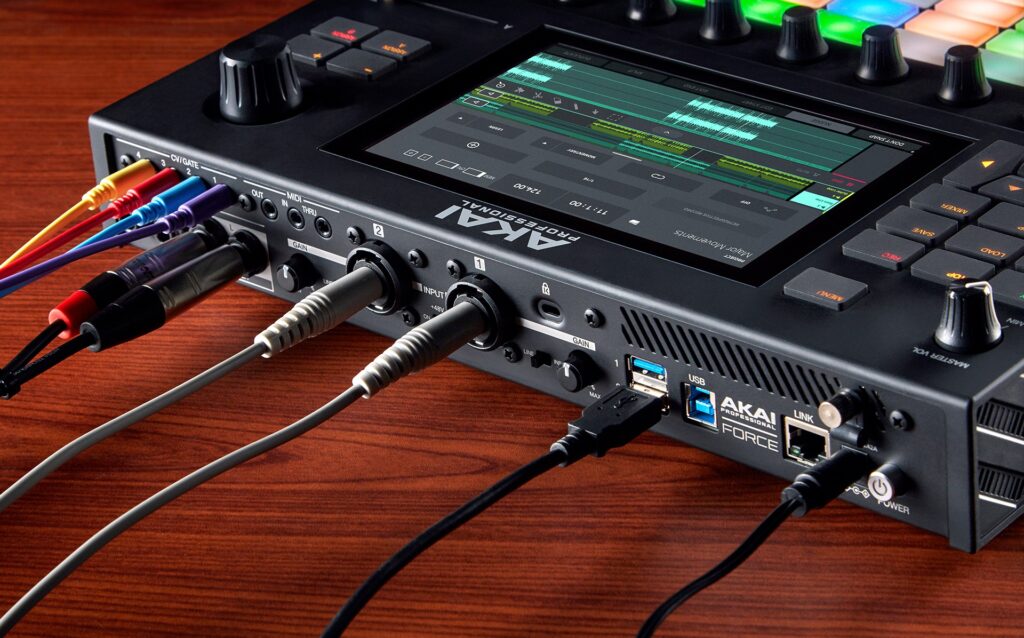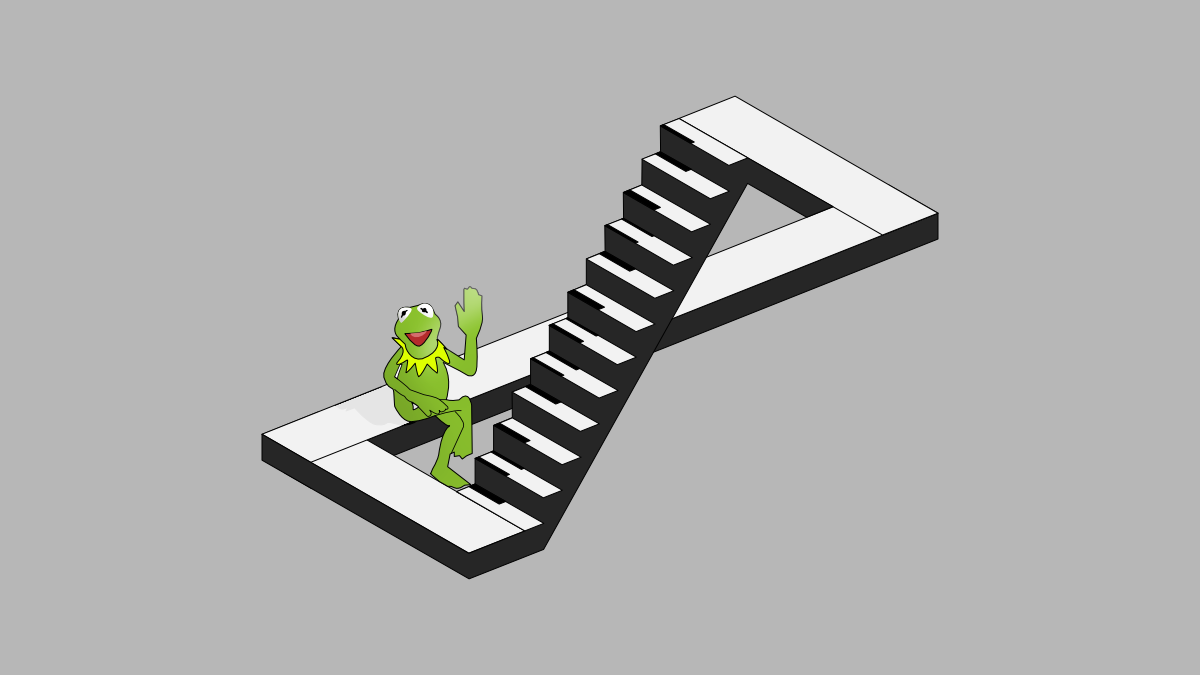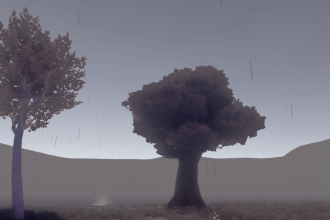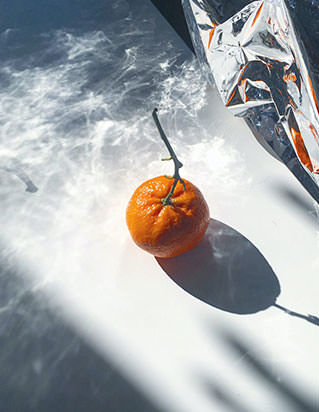Motivational Design in music production
Okay. Let’s set the mood. Exactly one year ago, people here in Sweden had just started to worry about this covid-thing, and it was no more than a week left until the universities around here would close down all on-campus activities. In the midst of this – I was writing my thesis, about nothing less than “Facilitators and barriers to motivation in music production, and how product companies could design to support motivation in music production”.
This is the first article out of three that I will make on the subject. Here, I will give a brief introduction to the study, share the results, and map them to some trends that we can see in the industry as of now. I will also highlight in which areas there are still lots of work to be done.
Some background
Being a creative myself – and knowing the many of them; something I’ve seen, and experienced myself time and time again is how creatives seem to start projects, and leave them before they get even remotely finished. The reason for doing this is often attributed to loss of motivation, and in this exploratory phenomenological study I wanted to explore why this is – whether it can be attributed to the tools used, or if there are mostly other factors at play here, as well as what this “motivation” actually consists of to begin with.
There was no hypothesis, just curiosity. And so, with the following research questions in mind, I leaped in:
What are the experienced facilitators and barriers to motivation in music production?
What future implementations should product companies consider when aspiring to support motivation through the music production process?

The methodology
I will cover the methodology in another article, but a few words about it won’t hurt. To find out the answers to the research questions I conducted semi-structured interviews with 7 music producer’s, four of which were professionals, and three enthusiasts. All of them were producers of electronic dance music, and primarily solo musician’s. The interviews were transcribed, and in the analysis phase, I used a phenomenological approach; setting aside all pre-conceived notions, analyzing the phenomenon separate from any theoretical background to begin with, only to map them at a later stage.
The results
Basic motivational aspects
Basic motivational aspects are a found category of motivational aspects that need to be in place for motivation to happen, or may act as barriers to motivation if they are in place. The themes in the ‘Basic motivational aspect’ category are skewed towards needs and attributes.
- Active lifestyle, and overall well-being are prerequisites for motivation
- Willpower is essential for motivation
- Freedom in creativity makes MP more enjoyable
- A sense of community is important to motivation (enthusiasts)
- Freedom as a life quality is important to motivation (professionals)
- Conflicting life situation acts detrimental to motivation (enthusiasts)
Extrinsic motivators
Extrinsic motivators are motivational themes that are external to the self, as well as external to the process of creating music.
- Tangible platforms of release, and factual deadlines is important to motivation
- External validation can affect motivation
Motivation in relation to the process
Several motivational aspects were found that reside in relation to the process of creating, in the tasks, the technologies, or the producer involved in conducting the task.
- Strong desire for accessibility, and efficiency
- Idea generation, exploration, and learning is most fun
- song-making can be detrimental to motivation
- A process structured to cope with motivation is essential
Okay, so how can I help?
- Helping the producer to structure their music production process.
- Making music production tools easier to use.
- Making song-making (mixing and arranging) simpler.
- Creating music production tools that are deep enough to be explored.
- Making music production tools more accessible, allowing for music producer's to be efficient upon interacting with them.

The rise of the Templates

From ideation to automation
KNOBS
But, there's a but
Did I leave something out?
That is probably on purpose. I try to keep things brief around here. Lucky for us, you can find my entire thesis on this link:
And if you want to stay up-to-date with my upcoming articles on the subject, subscribe to my newsletter, “Tuna Post” here:
Tuna Post
Subscribe to the Tuna Post to get my bi-weekly update of cool stuff, original articles, and music.








